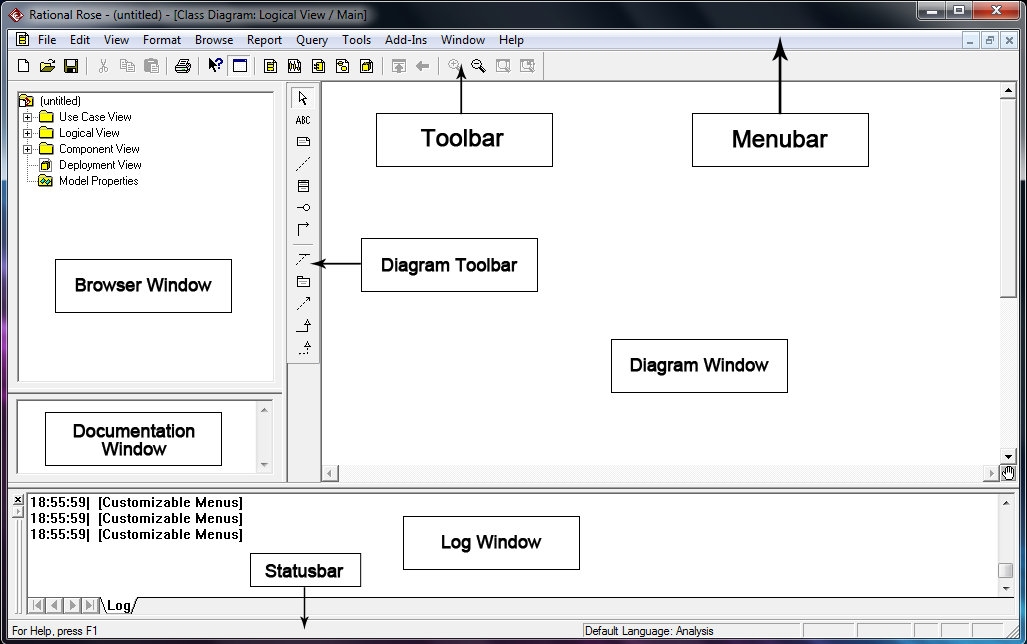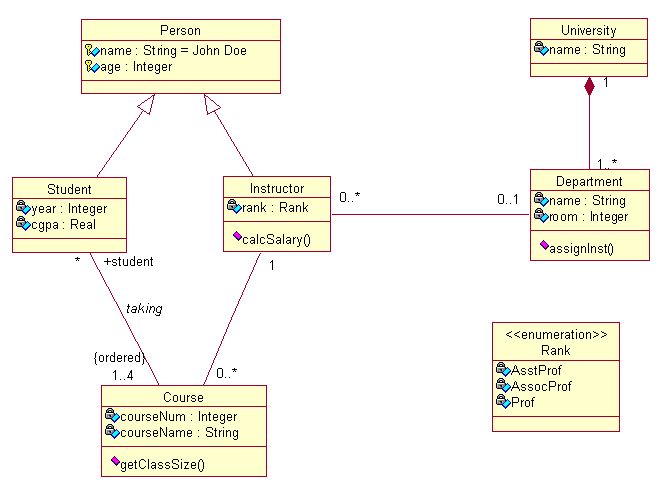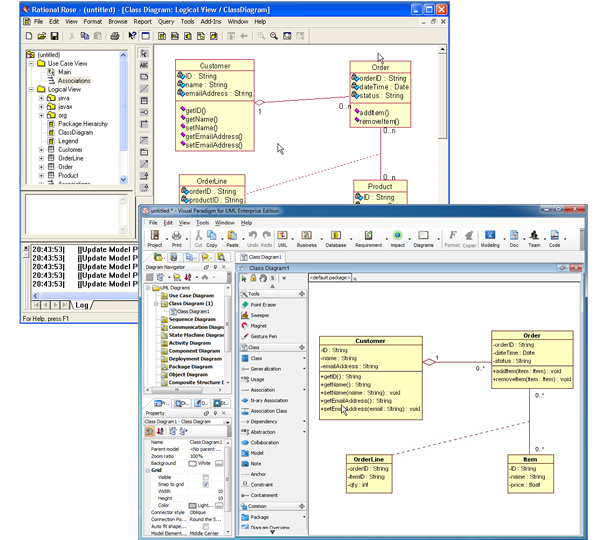

To do this, we examine our use case to discover the classes it suggests. Now we can convert the use case diagram into an ideal object model using UML stereotypes. Perform Analysis with Class Diagrams Showing Ideal Object Model

We can also assign additional diagrams to a use case (such as class, sequence, state, and collaboration diagrams). Figure 2-3 shows the specification documentation for the Bankapp use case.įigure 2-3 Specification for the Withdraw Money Use Case We document each use case with the use case specification tool. Our goal is to create a BEA TUXEDO client/server system that lets a bank customer deposit money, withdraw money, or transfer money between accounts.įigure 2-2 Main Use Case Diagram for Bankapp A use case diagram provides a functional specification of a system and its major processes, and describes the problem that needs to be solved.įigure 2-2 shows a use case diagram for our example BEA TUXEDO application, Bankapp. The use case diagrams are stored in the Use Case View folder. For information on how to use the Rational Rose, refer to the Rational Rose online help or other related documentation.ĭuring the requirements phase, we use the Rational Rose to develop use cases. We do not describe how to use the Rational Rose.

The static structure is the cornerstone of an application-all dynamic features such as behavior and persistence are based on it. This prototyping process focuses on defining the static (logical) structure of an application, and linking the application tiers using BEA TUXEDO. This section describes the first iteration of a development process and steps needed to develop the prototype of a BEA TUXEDO/C++ based application. In future iterations, you can add to and refine your diagrams, developing testable systems that are closer and closer to the finished product. You can begin by creating a limited version of the planned system for the first iteration, only developing the diagrams you need to understand your prototype system. However, you do not have to develop all of the possible diagrams before you begin developing and generating code, and testing your assumptions via a prototype of your software system. (See the section What is the Unified Modeling Language? for a brief explanation of the diagrams.)

Using Rational Rose to Model a TUXEDO Applicationĭeveloping a large system in the Rational Rose means you need to prepare many different versions of the various types of UML diagrams.


 0 kommentar(er)
0 kommentar(er)
